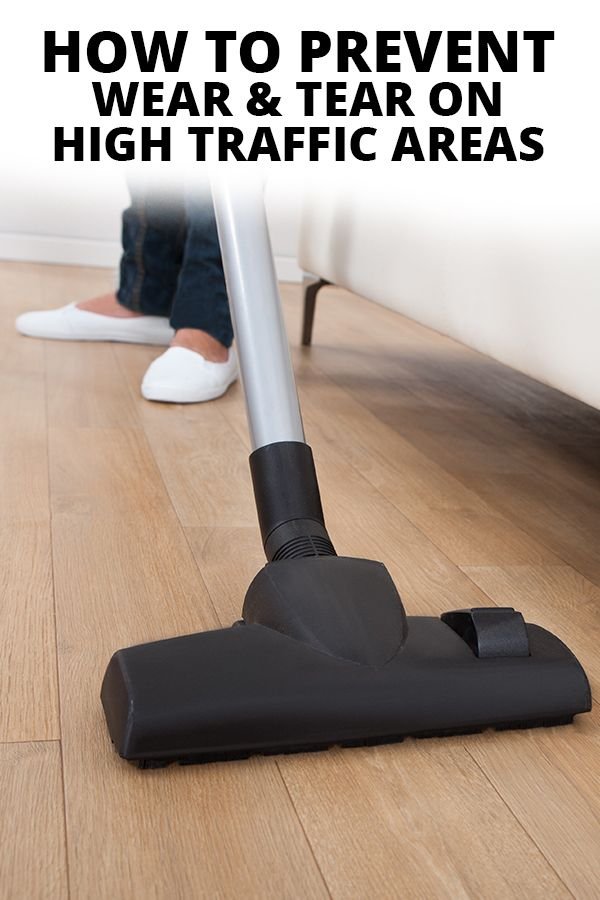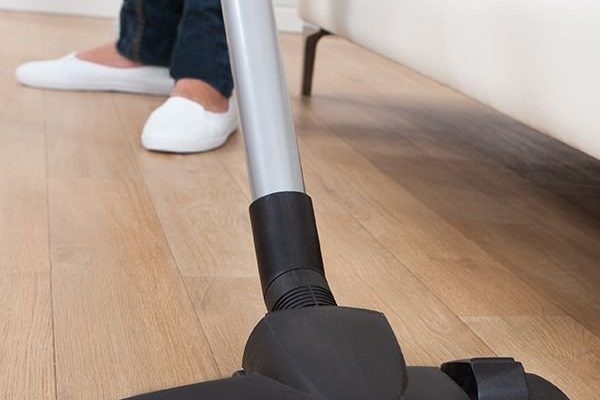
Honestly, it’s a lot like your favorite jeans—if you wear them every single day, they’ll show the miles sooner than that wedding outfit stashed in the back of your closet. The good news? You can keep high-traffic exterior door hardware from wearing out so quickly with some simple, regular care, and a few smart upgrades. Here’s what I’ve learned after dealing with sticky Schlage deadbolts and rusty Kwikset handlesets in a busy household.
Why High-Traffic Doors Need Extra Attention
High-traffic exterior doors—your main entry, the garage side-door, or a back slider—see a constant stream of people in and out. This means they take more abuse than quieter doors, both from human hands and the elements. It’s not just about the frequency of use. The more often a door is opened and closed, the more chances there are for dirt, moisture, and everyday grime to sneak into the moving parts of your hardware.
Here’s the thing: Most exterior door hardware is designed to stand up to weather, but not all brands or finishes hold up equally. Cheaper hardware may fade or corrode in just a couple of seasons, while solid brass or stainless steel options from brands like Schlage or Baldwin can last for years—if you help them along. And it doesn’t matter if you have a fancy smart lock or a trusty old-fashioned deadbolt; both need TLC.
You might be wondering why bother fussing with a door knob or lock when replacements are affordable. Here’s why: Staying ahead of wear and tear means fewer lockouts, less frustration, and a door that always feels welcoming. And if you ever go to sell, those little details make a better first impression than you’d think.
Cleaning: The First Line of Defense Against Wear
The simplest way to prevent wear and tear on high-traffic exterior door hardware? Regular cleaning. Dirt and grime act like sandpaper, wearing down both mechanical parts and the finish itself. A little maintenance goes a long way.
- Wipe the hardware: Use a soft, damp cloth for most brands (Kwikset, Schlage, Yale, whatever you’ve got). Skip harsh cleaners, which can strip protective coatings. For stuck-on gunk, a mild soap is safe on most finishes.
- Clean around the edges: Dust and pollen build up in the cracks around your handles and locks. Wrap a cotton swab or soft toothbrush around the nooks, especially where the handle meets the door.
- Polish (if needed): For brass or stainless, use a finish-specific polish every few months. Test a small spot first so you don’t end up with a cloudy finish—some coatings are pickier than others.
It’s tempting to go overboard, but less is usually more. Too much moisture—or the wrong cleaner—does more harm than good.
Regular cleaning not only keeps things shiny, but helps you notice small issues (like loose screws or little chips) before they turn into bigger problems. Trust me, you’ll thank yourself when that door handle doesn’t wobble on a rainy Monday morning.
Lubricating Locks and Hinges for Smooth Operation
Ever fought with a sticky lock or squeaky hinge? Lubrication is your best friend for keeping high-traffic door hardware moving smoothly and protecting those inside components from rust and friction.
- Use the right lubricant: For most locks, a graphite powder or a silicone-based spray is best. Oil-based sprays (like WD-40) attract dirt over time, which can actually make things worse.
- Apply carefully: Insert the tip into the keyway or hinge, then give a short burst or squeeze. Work the key in and out a few times, or gently swing the door to distribute lubricant. Wipe up any excess right away to keep it tidy.
- Don’t forget the hardware screws: While you’re at it, check and tighten any loose screws or mounting plates. The tiniest wiggle now can become a headache later if ignored.
You might be tempted to skip the “fussy” stuff, but proper lubrication can feel like a secret code for making hardware last twice as long. If you’re dealing with a code-enabled lock or smart remote system, be sure to keep water and lubricant away from electronic parts—just focus on the mechanical areas instead.
Weatherproofing: Protecting Hardware From the Elements
Exterior door hardware fights more than just fingerprints. Rain, snow, blazing sun, and salty air are relentless on locks and handles—especially if your door isn’t sheltered. Weatherproofing helps prevent corrosion, fading, and freezing up.
- Choose the right finish: Some finishes, like powder-coated, satin nickel, or stainless steel, resist corrosion better than shiny brass or bare metal. Look for brands that specifically tout their weather resistance, like Schlage’s “Century” line or Emtek’s marine-grade options.
- Install door hardware covers: These tiny shields can keep rain and snow out of keyholes, especially in harsh climates. They’re easy to swap on and off and make a big difference if your door faces the wind directly.
- Seal gaps and install weatherstripping: Drafts let in moisture, which hurts both the door and the hardware. Quality weatherstripping not only keeps your house warmer, but protects the lock and latch mechanisms from rust and swelling.
Don’t forget: Even the best weatherproofing won’t help if you ignore regular checks. Peek at your exterior door hardware after a big storm or snowmelt. Spotting trouble early—like a little rust or a sticky latch—lets you tackle it before the whole system starts to break down.
Upgrading to Heavy-Duty or Smart Hardware
If your high-traffic door hardware is constantly breaking or wearing out, it might be time for an upgrade. Cheaper hardware can only be patched up so many times before it gives out for good. Sometimes, spending a little more up front means fewer headaches down the road.
- Heavy-duty mechanical hardware: Commercial-grade handles, knobs, and deadbolts are built for lots of use. Look for ANSI grade ratings—Grade 1 is the toughest and usually worth it for main entry doors.
- Smart locks and remotes: High-traffic households love keypad or remote entry systems. Options from brands like Kwikset or Schlage let you code, sync, or reset the lock quickly, and you can often pair them with door sensors or alarms. Just keep an eye on battery health, since a dead battery can lock you out.
- Universal vs. brand-specific replacement: Universal hardware can save money, but sometimes it won’t fit perfectly or last as long as hardware made for your brand of door. For best results, stick with the manufacturer’s recommended parts when possible.
Here’s the thing: Upgrading isn’t just about durability. Modern smart locks offer better security features and are easier to troubleshoot if something goes wrong—no more fumbling with keys when your hands are full of groceries.
Spotting and Fixing Early Warning Signs
Sometimes, hardware fails without much warning. More often, though, your door will give you clues that something’s off long before it completely gives out. Learning to spot these red flags can save you time, money, and serious inconvenience.
- Wobbling handles or levers: If the hardware moves slightly when you grab it, screws might be loose or the internal mechanism could be wearing out. Tighten things up right away to prevent further damage.
- Sticky locks or slow latches: This might mean dirt has built up, or the mechanism needs lubrication. Sometimes it’s a sign that the inside parts are starting to wear out and need replacement.
- Discoloration, rust, or pitting: Metal that’s showing rust or weird spots isn’t just an eyesore—it’s a sign water’s getting in. Address it quickly with a rust remover or touch-up paint, or consider replacing the hardware if damage is deep.
The sooner you troubleshoot these glitches, the less likely you’ll be locked out or left with a broken door at the worst possible moment. If you’re not handy, consider calling a locksmith or hardware pro for a quick code reset or to help pair a new remote system.
When to Replace Versus Repair Hardware
Even with the best care, hardware doesn’t last forever—especially on busy doors. Knowing when to fix and when to splurge on a new set can save you both money and frustration.
- Repair if: A handle wobbles, a lock feels sticky, or screws are loose—simple fixes can keep hardware in play for a few more years. Minor finish fade or surface rust can often be cleaned up or painted over.
- Replace if: The latch mechanism is broken, parts are missing, or if locks can’t be re-paired or reset with new codes (on electronic models). If you’ve had repeated battery failures or troubleshooting hasn’t worked, a swap is smarter.
- Upgrade in high-salt or extreme climates: Corrosion eats hardware alive near the coast or in snowy areas. Here, it’s usually smarter (and less stressful) to upgrade to marine-grade stainless hardware or a robust smart lock system right from the start.
Don’t beat yourself up if you have to replace hardware more often on a busy door. That’s the price of having a home that’s truly lived in and full of life.
Regular Maintenance Schedule for Busy Doors
Let me explain how a simple maintenance routine can make all the difference. Most hardware issues start as minor annoyances—an occasional squeak or a little rust. Catching these early is the secret to avoiding costly repairs or early replacements.
- Monthly: Wipe down the hardware, check for loose screws, and test the lock’s action. Give a quick squirt of lubricant if anything feels rough.
- Seasonally: Inspect for rust, fading, or water damage after heavy rain or snow. Clean around the door frame and check weatherstripping. For smart or remote hardware, check code functions, reset if needed, and test batteries.
- Annually: Deep clean, polish, and fully lubricate all moving parts. Upgrade weatherstripping or swap batteries in smart locks. Pair or sync any new remotes. If hardware is showing its age, plan for replacement before it fails.
Sticking to this schedule might sound tedious, but honestly, it’s just a few minutes each time—less than it takes to troubleshoot a jammed lock or wait for a locksmith. And if you make it a routine, you’ll always have a door that works as well as it looks.
Closing Thoughts: Keep Your Entryway Welcoming and Reliable
A high-traffic door is the real MVP of your home—it keeps your family secure, greets your guests, and stands up to every test the weather throws its way. With a little attention to cleaning, lubrication, weatherproofing, and timely upgrades, you can keep your exterior door hardware running smoothly for years.
The little details—wiping off fingerprints, resetting a remote, swapping out a tired latch—add up to big peace of mind. So next time you use your busy front door, take a second to appreciate the work that hardware does. Staying ahead of wear and tear means fewer hassles, a safer home, and an entryway that’s just as welcoming as the people who walk through it.
